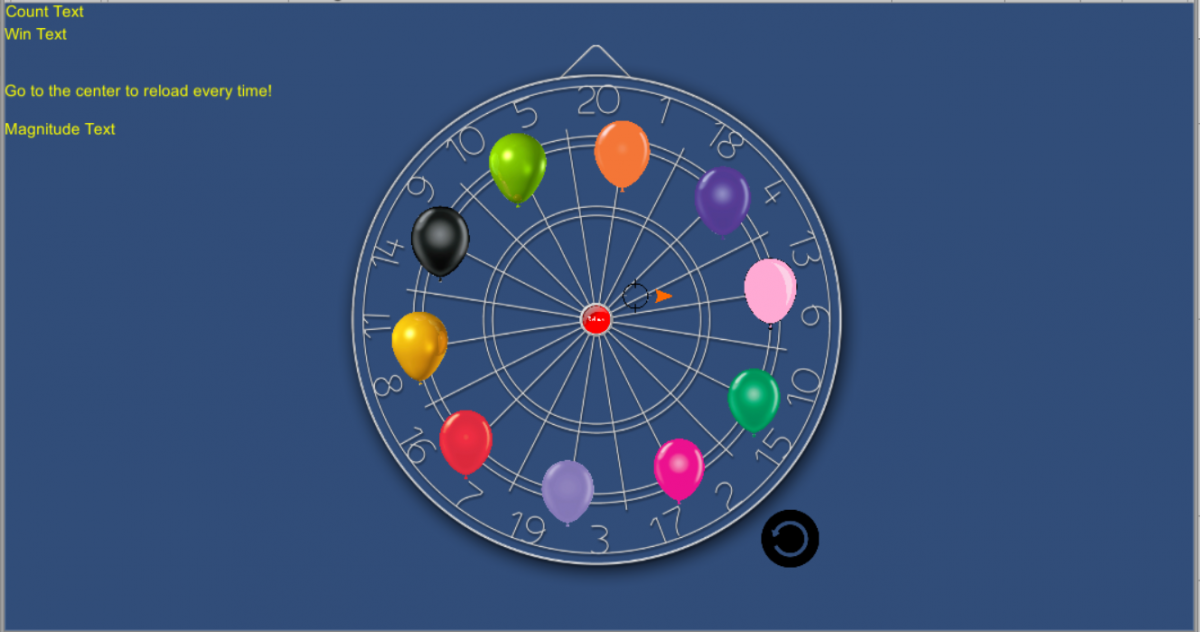How electrical engineering undergrad Qianwen Zhao is using a joystick to help stroke patients recover mobility
Nearly 800,000 people in the United States suffer a stroke every year, according to the National Institutes of Health. Fifty percent experience a long-term disability that causes difficulty in arm movements including muscle weakness, coordination issues, swelling and pain.
Qianwen Zhao wants to help them recover.
"This health condition affects their quality of life," Zhao says. "I want to help stroke survivors exercise at home, and make it more engaging for them."
Making recovery "like a video game"
Zhao’s already got a history with robotics. "My father was a pilot, so I grew up wanting to work on an airplane control system," she says. "What I’m doing now is control."
"I chose to study electrical engineering because every engineering project includes electrical," she says. "Also, Stevens Department of Mechanical Engineering has a good robotics program."
A student in the electrical engineering bachelor’s program, Zhao does most of her research in assistant professor Damiano Zanotto’s Wearable Robotic Systems Laboratory (WRS). The WRS lab, affiliated with Stevens Institute for Artificial Intelligence, has lots of projects to help rehabilitate patients, including using robotic orthotics and insoles to help stroke patients and elderly patients walk better.
Stroke patients can recover lost mobility or functionality in their arms with physical therapy. But in order to maximize their recovery patients need to exercise multiple times per week, which requires several visits to a rehabilitation center. The process is time-consuming, expensive and reliant upon repetitive exercises.
Zhao’s solution is a lot more cost-effective—and fun.
"I want rehab to feel like a video game," she says. That’s why she created the 2-DOF Haptic Joystick, a robot-assisted therapeutic device. The device connects a patient with a video game tailored to their rehab needs. Zhao’s joystick applies a force on the patient’s arm to guide their movements in accordance with what the game indicates. According to its position and force feedback, the joystick will modulate the force and adapt to different patient’s recovery needs. "Users move it left and right, up and down—similar to computer mouse. The device has four motors on corners and joystick in middle."
One game lets patients guide a dart to pop balloons by moving the joystick. Patients can earn higher scores by aiming at balloons and moving with higher accuracy.
Award-winning attention
While in its earliest stages, the joystick is already garnering positive attention.
It earned Zhao the Independent College Fund of New Jersey undergraduate research symposium award earlier this year.
"I was very surprised I won," Zhao says, "but very happy." Both she and Zanotto will attend the symposium in February and present the joystick. The symposium is sponsored by major companies in the medical device space including BD, Siemens and Wells Fargo. "It will be a great opportunity," Zhao says.
Zhao also won awards from Stevens for her work on this project: the 2018 Innovation & Entrepreneurship summer scholarship award, and the 2018 Center for Healthcare Innovation (CHI) research scholarship award. "The CHI award is a bigger thing than the symposium to me," Zhao says. "It’s a one-year research award covering this semester and the next that lets me spend some of my time doing research and receiving class credit for it, in addition to a small budget to help complete the project."
Overcoming "a lot of small challenges" to solve real world problems
That time spent doing research is valuable for both stroke patients and Zhao herself. "My favorite part is the whole learning process," she says. "I’m learning theoretical knowledge in most of my undergraduate courses. That’s important, but I’m most interested in applying that knowledge to solve real problems."
She’s able to apply that knowledge due to help from her faculty supervisor and Ph.D. students in the WRS lab, like Yufeng Zhang. "I’m inspired by them a lot," she adds. "They’re great people."
As helpful as they are, Zhao still has to overcome "a lot of small challenges" to solve real world problems. "What you learn from class is the ideal case—the theory" she says. "The real world application is totally different. There is always some calibration in the system. Mechanical errors exist and are not avoidable. They’ll always be there."
Thankfully, Zhao thrives in this real world problem solving scenario. "You just need to develop your thing and adjust the controller to give it the best performance," she says. "That’s why I like doing research this way. This kind of practical problem would never come up in a theoretical situation."
Zhao will graduate in 2019. After that, she hopes to work as an electrical engineer. "I want to develop things that help people. I want to make real things—cars that move, robots that respond to actions. That kind of interaction is important to me."
Until then, she has a few recommendations for other undergraduates seeking hands-on research experience. "Research an interesting field you would like to spend time on and find a professor," she says. "Start in the lab as early as possible. If I were in my current lab in my sophomore year, I feel like I would have learned more."
"It definitely makes your life easier if you’re not in the lab, but the knowledge is easier to remember. Working in a lab applies what you learn in class."

